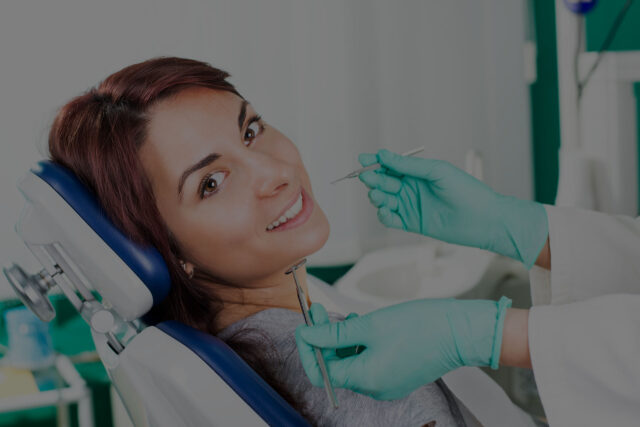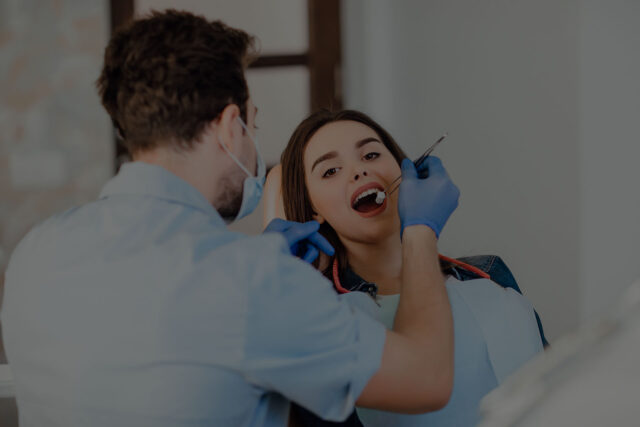Implantology
It is a valid alternative for fixed and removable prostheses. Compared to fixed dentures, the implant gives the same result without sacrificing other teeth to make a bridge. Compared to removable prostheses, especially if it is complete, the advantage is greater because the patient does not have the feeling of a foreign body in the mouth.
The implant is an artificial root that replaces the lost one to which the prosthesis is fixed. This technique can be used to replace some teeth. Modern implantology is based on the principle of osseointegration, which is the use of a biocompatible material, this material is made of titanium, which the body recognizes as its own and integrates perfectly. Bone integration is optimal and long-lasting.
There are many types of implants of different shapes and sizes, the implantologist will advise the most suitable model and size for each individual case. It should be noted that there are conditions in which implantology is not suitable or not possible. Contraindications can be related to the patient, the mouth or the position where the implant will be inserted.
The artificial root or screw
The supporting structure
The dental crown
B Dental Pro uses high quality and guaranteed implants such as Megagen, Straumann, Schutz, Ankylos Dentsply, whose surface is treated with various components to speed up and facilitate the osseointegration process. Thanks to the wide range of prosthetic elements, which the distribution companies offer with a lifetime guarantee, we can build fixed teeth with maximum functionality, naturalness and longevity. Placing dental implants is a simple, short and painless surgical procedure, during which the patient is completely relaxed as a result of conscious venous sedation.
With dental implants it is possible to replace all teeth in the case of their total absence. In this way, you don’t have to suffer or be embarrassed by the fear of dentures moving while eating or talking with your friends.
The minimum number of dental implants needed to replace an entire arch with fixed teeth is four. From this comes the name of the technique “All on 4” or “All over four”. But the higher the number of implants in a jaw, the better their function and lifespan will be, because the forces are distributed equally on each implant and the possibility of one of them being overloaded is reduced. In general, the upper jaw requires a greater number of implants because the quality of the bone is not the same as the lower jaw, therefore, for the replacement of all teeth in the upper jaw, the “All on 6” and “All on 8” techniques are usually used. .
ALL IN 4
ALL IN 6
OVERDENTURE
PTERYGOID



What are the advantages of dental implants?
Above we have described how a dental implant allows the patient to gain an efficient masticatory function and a natural smile, both affected by the absence of one or more teeth. Choosing dental implants instead of relying on bridges has several advantages, which are numerous, among them are:
